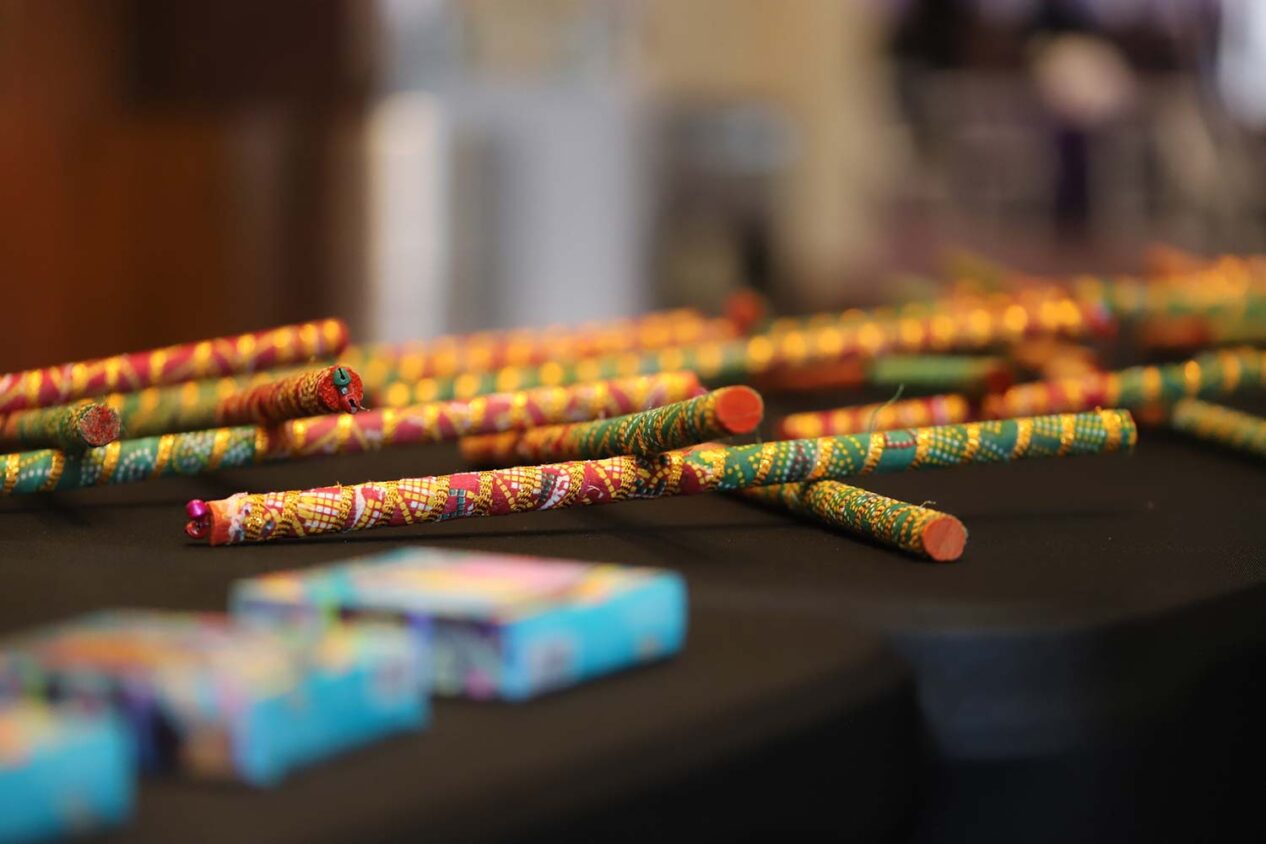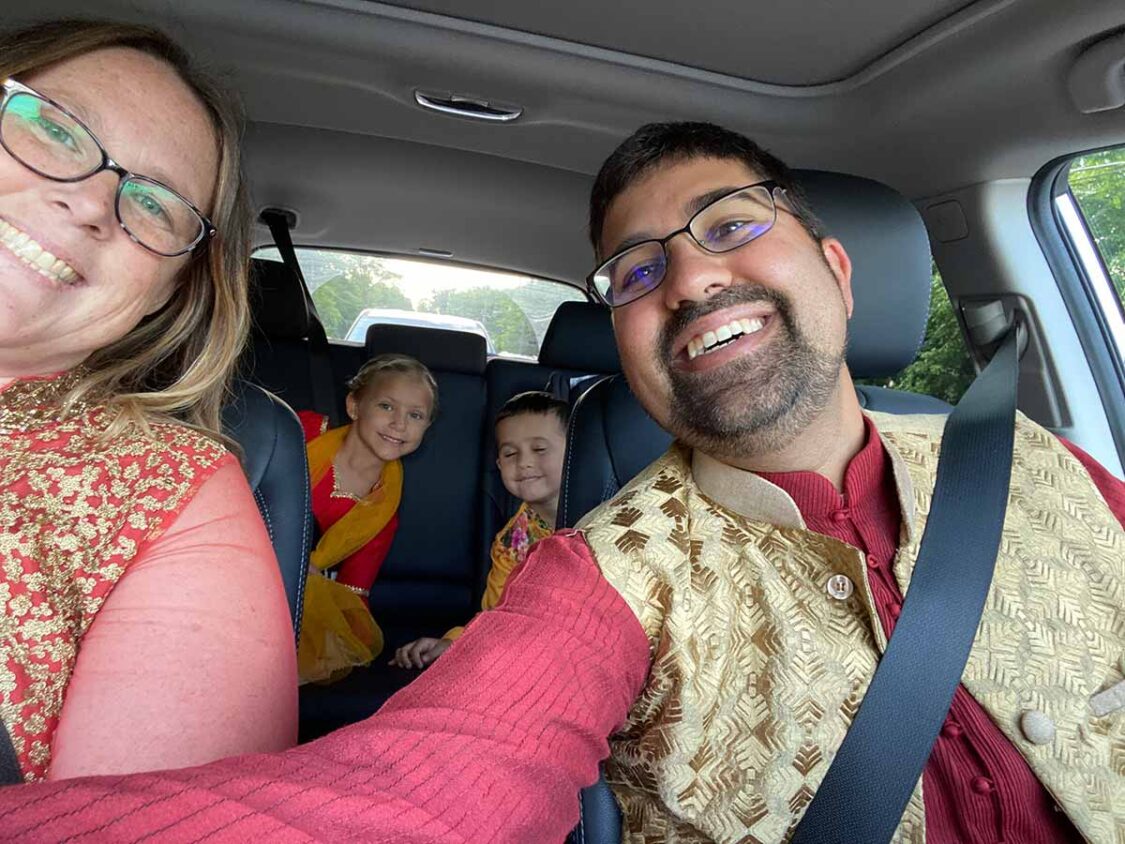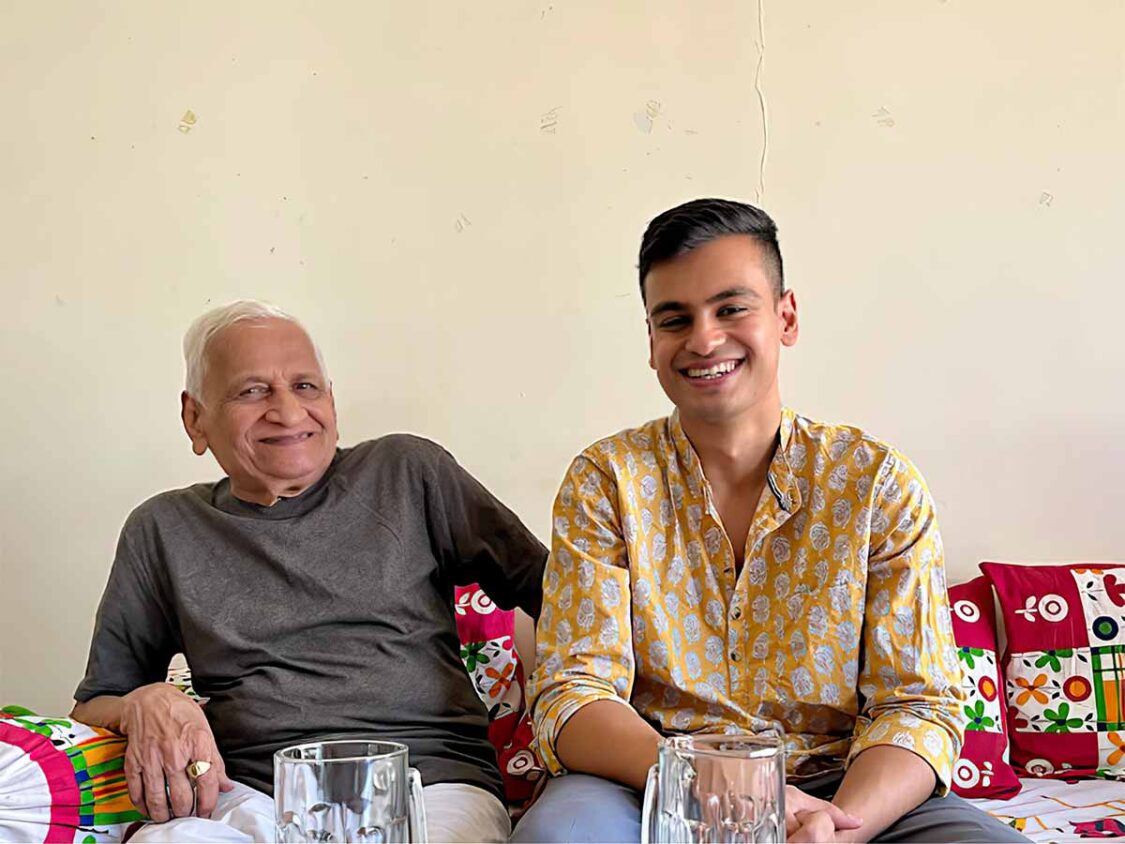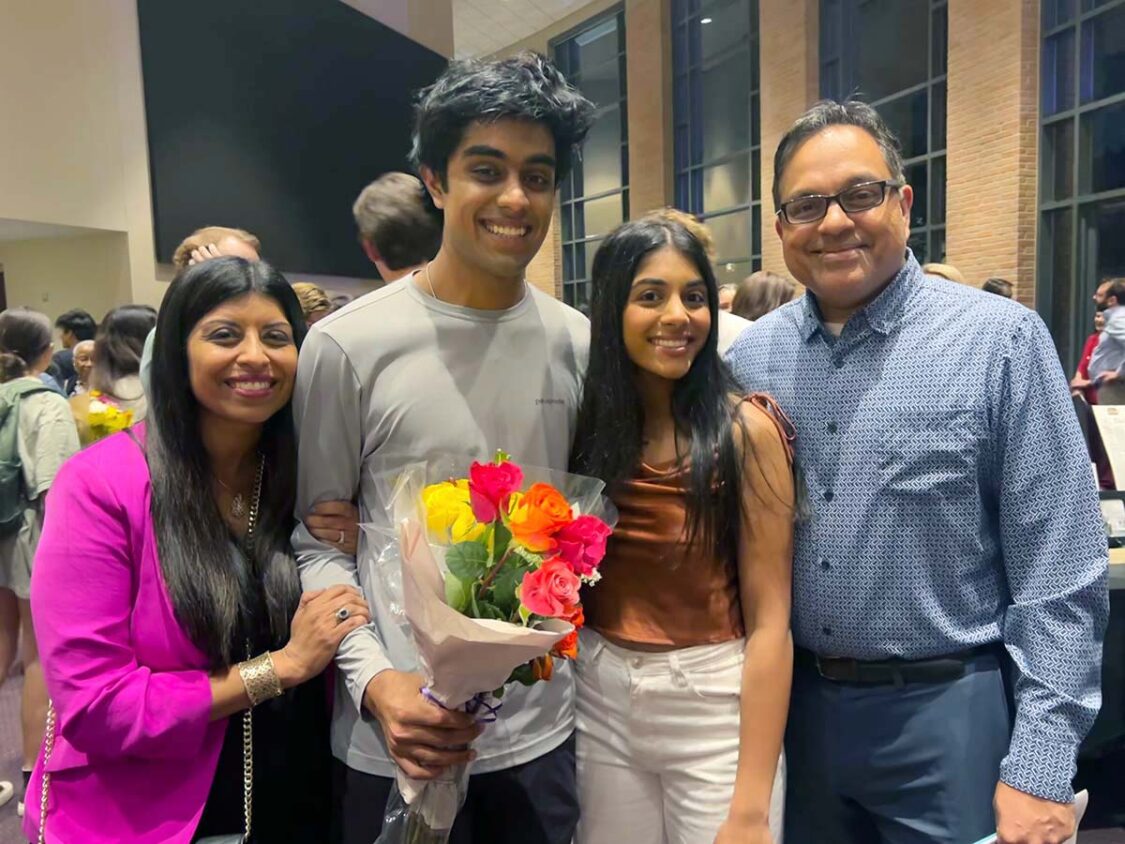Transcend Staff Members Reflect on AAPI Heritage Month

May marks the annual recognition of Asian American Pacific Islander (AAPI) Heritage Month. Established by Congress in 1977 after nearly a decade of trying to get it passed, AAPI Heritage Month commemorates the advancements of the AAPI community.
But, as with all commemorative months, the celebration of AAPI people shouldn’t be confined to 31 days. Instead, everyone should actively seek to listen to and learn from the experiences of AAPI. With that in mind, we asked AAPI staff at Transcend to reflect and respond to prompts about identity and belonging, cultural connection, and how schools can better serve AAPI students.
IDENTITY AND BELONGING
Nikhil Kawlra, a partner of school design services, grew up in a community with a lot of South Asian Americans. He followed a path that many children of immigrants do: he learned to speak Hindi, went to the temple, watched Bollywood movies, joined youth groups, spent Saturday nights at the houses of various uncles and aunties, and even dated Indian girls. But he constantly felt as if he didn’t quite fit in.

Instead, he kept comparing himself to others in an attempt to fulfill the “American dream” — to live into the idea that America was the land of opportunity. “Everything was a competition; I spent my time chasing other’s interests and goals, instead of developing my own sense of identity, pursuing my own interests, and building relationships with peers and adults that would foster a sense of belonging,” he says.
When he started pursuing his own interests, he put aside his South Asian roots. “Now, some 20 years later, with two half-Indian children, I’m finally starting to explore those roots again. My deep hope for them is to chart a different path, one which allows them time and space for self-exploration, to develop their own sense of self-worth, and to build healthy, meaningful relationships that foster their sense of identity and belonging.”
MAKING EDUCATION BETTER FOR AAPI STUDENTS
When listening to the experiences of AAPI students like the one above, Nikhil Iyer, a partner of research and development, reminds us that the AAPI community is not monolithic. “There are groups that fall under the AAPI and MENA categories who face vastly different challenges depending on their families’ specific background and context,” he says. “Schools that recognize this and take the time to disaggregate their data past the ‘Asian’ label to understand the nuances of their families’ situations will produce better student outcomes and also counteract harmful beliefs, like the ‘model minority’ myth.”

That’s why he underscores the importance of culturally responsive and relevant teaching. “I went to a high school that was over 50% Asian American, yet learned almost nothing about our rich history and contributions to this country,” he continues. “As offerings like K-12 Asian American studies continue to gain momentum, it is important that these learning experiences are aligned with what we know about extraordinary, equitable learning.” Maybe there is a way for students to lead their learning and build a curriculum around their identity. And with rising hate crimes, Iyer asks “What if students learned in environments that were attentive to their mental health and well-being?” These wonderings are echoed in the 10 Leaps for Equitable, 21st-Century Learning. By taking a whole-child focus and focusing on relevance, students can better see themselves reflected in their education.

Similar to Iyer, Head of Communications Mika Rao learned very little about the history of Asians in America while attending public school in suburban Philadelphia. She sought out every course on South Asia in college, but nothing discussed the Asian American experience. That’s why she and her peers fought for the development of the University of Pennsylvania’s Asian American Studies program.
But the problem still persists. Now her children are left with the same desire to learn about AAPI history in school with their peers but aren’t given the chance to. “This became clear at a recent AAPI Heritage Month event at my son’s high school, where a student asked the room if they had been taught about the immigration laws in the 1960s that increased the numbers of Asian immigrants in engineering and medicine, the election of Dalip Singh Saund in California as the first Asian, first Indian American, and the first Sikh to be elected to Congress, or the killing of Vincent Chin in 1982,” she says. “Most of the students in the room were unfamiliar with these milestone events in American history. To celebrate this month, and honor the accomplishments and hardships our community has faced, I’d love to see more educators, parents, and students take time to better understand the stories from this collective.”
When it comes to resources, Rao recommends The First Days Project from the South Asian American Digital Archives (SAADA), a way to read about the early days of nearly 600 immigrants. The project goes beyond just reading about it. People can interview the people in their lives and their immigration to America. The interviews have been referenced in “Asian American Histories in the United States” by Catherine Ceniza Choy and The First Days Project’s “Our Stories.”
“I’m proud to say that because of the First Day interviews I completed with my parents, and one my son did with his other grandmother, the stories of our family appear in these books and I hope as time goes by more of our experiences, and those who came before us, will be known and understood,” Rao says.
CELEBRATION AND CONNECTION
Along with reflection, Transcend staff say that AAPI Heritage Month is a time to champion and connect to their identity.

Indi Ekanayake, a partner for school design services, grew up in a “small but mighty” Sri Lankan community in Cincinnati. He would spend time with his community at potlucks hosted by an auntie or uncle. Food is what he missed most when going to college, but he has since developed a sense of self in the kitchen connecting back to his fond memories. “I still haven’t gotten quite to the level of sharing this food with my mom, but I’m getting there!” he says. “Cooking and eating Sri Lankan food makes me feel closer to my roots and gives me a great way to share parts of myself with others.”
If you want to test it out in the kitchen, here are Ekanayake’s favorite meals: “Here is a recipe for one of my favorite Sri Lankan dishes, polos curry. Soft, tender jackfruit is braised in a tamarind and coconut milk sauce, with a number of layered spices and aromatics like ginger, garlic, curry leaves, and Sri Lankan curry powder. If you’re ready to commit, make some pol sambol as an accompaniment, and if you are REALLY serious about this, make your own Sri Lankan curry powder – it’s likely different than any curry powder you’ve ever gotten from a store. Best of all: these recipes are from my cousin Dini, who lives in Ottawa and works as a recipe developer!”

For Samina Noorani Kingsley, a partner for school design services, keeping her native language alive in her home and passing that on to her child connects her to her roots. “Being raised in the cultural east and west sparked confusion and wonder for me as a child,” she reflects. “As an adult, I am grateful for the clash and from it, my identity continues to evolve.”
Here is Kingsley’s poignant reflection on preserving language: “I am reminded of the smell of agarbatti (incense) and watching the twirling of the smoke rise into the sky during sacred occasions and auspicious ones. And also the texture of mogo (cassava) soup in my mouth and tasting my mom’s daal paired with homemade yogurt and achar. And now that I am a mother myself, I am recognizing how much language and the tongue of my ancestors root my identity. Teaching my child how to call for me, call for water, call for milk, call for hugs, and call for love in the same language of my grandmothers and great-grandfathers is the most beautiful thing I have ever experienced. I fear without us keeping it alive in this generation in the West, it will die with us and that my son will have to search harder to find his roots. As a mixed child, he will already have a different journey from me, and that struggle and joy will shape him. I wish our languages to be a tool to help him on that journey, as it guided me to connect with fellow humans and build pride for all the amazing facets of our people.”
How are you commemorating AAPI Heritage Month? OR What can our education system do to better support students and staff of AAPI & MENA backgrounds? Share with us by tagging @TranscendBuilds on Twitter.
Transcend supports communities to create and spread extraordinary, equitable learning environments.

